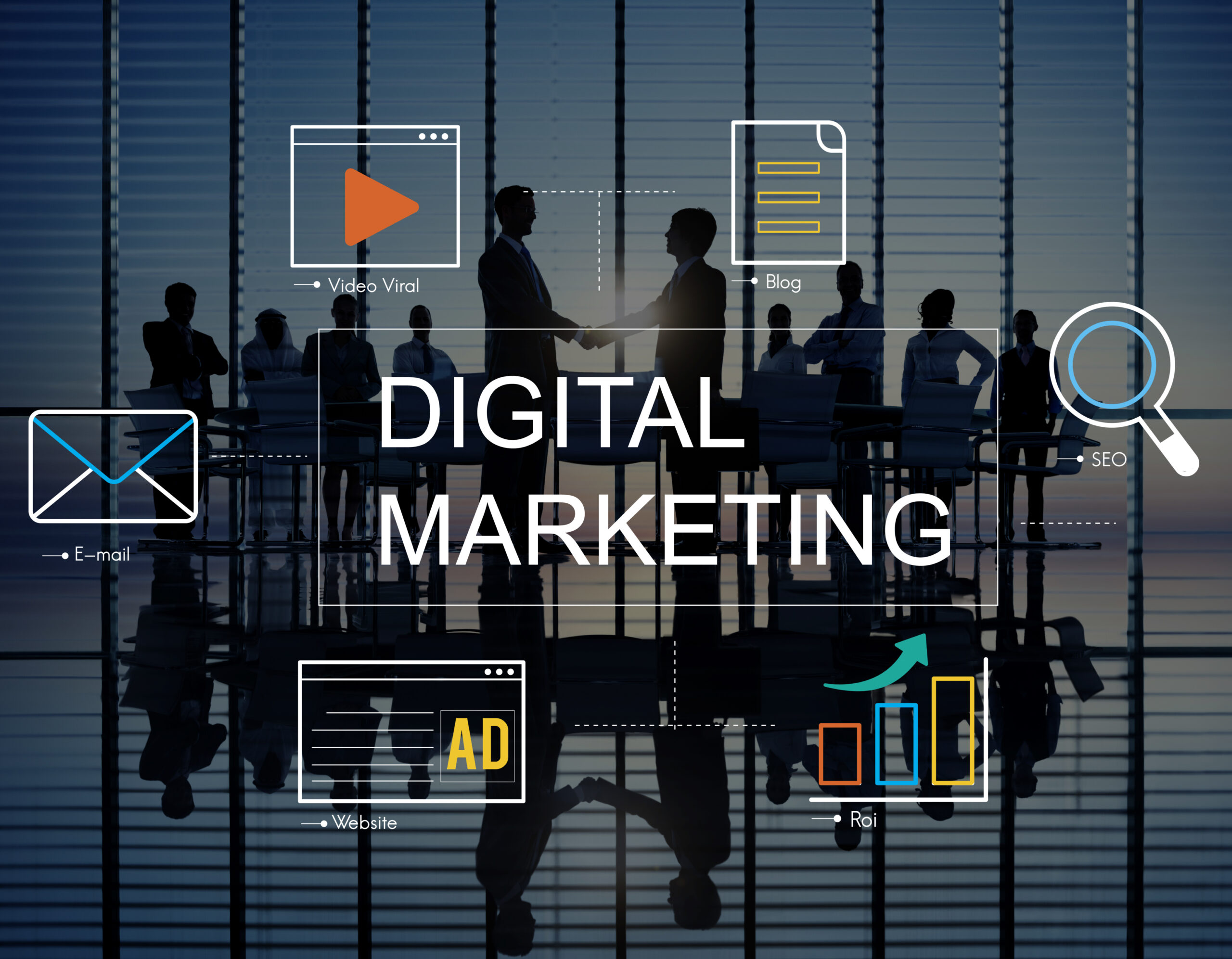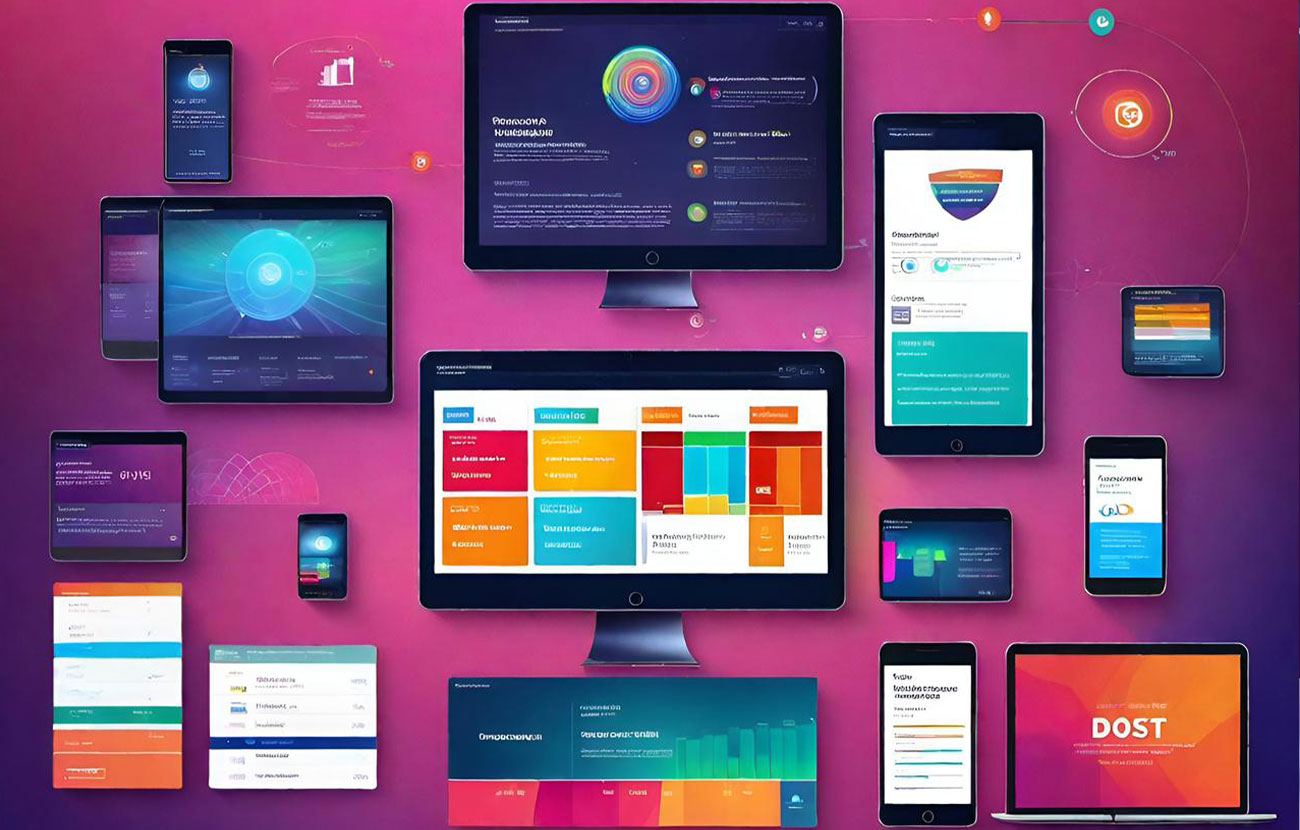The Future of Software Development in the Public Sector

The public sector has long been perceived as a late adopter of technological innovations. However, the winds of change are blowing, and software development in the public sector is rapidly evolving. As government agencies increasingly recognize the transformative potential of digital solutions, there’s an exciting shift towards leveraging cutting-edge software technologies to improve public services and engagement.
From Legacy to Modern Systems
Many government agencies continue to rely on legacy systems that were developed decades ago. While these systems have been reliable, they often lack the flexibility and capabilities that modern challenges require. Transitioning from legacy to contemporary platforms offers myriad benefits:
- Scalability: Modern software solutions can adapt to increasing user loads, ensuring consistent performance.
- Interoperability: With the diverse array of systems in the public sector, the ability of new software to seamlessly integrate with other platforms is vital.
- Enhanced Security: Newer systems are often designed with contemporary security challenges in mind, providing robust protection against cyber threats.
Trends Shaping the Future
- Cloud Adoption: Government agencies are progressively migrating to the cloud, capitalizing on its scalability, cost-effectiveness, and anywhere-access capabilities.
- Open Source Software: The move towards open-source solutions allows for greater customization, transparency, and collaboration.
- Artificial Intelligence & Machine Learning: These technologies enable predictive analytics, chatbots for citizen engagement, and smart data analysis, revolutionizing decision-making and service delivery.
- Agile and DevOps: Adopting Agile methodologies and DevOps practices ensures faster software delivery, frequent updates, and better responsiveness to changing requirements.
The Role of Citizen-Centric Design
A significant shift in public sector software development is the emphasis on citizen-centric design. Recognizing citizens as users means designing interfaces that are intuitive, accessible, and user-friendly. By employing user experience (UX) best practices, government agencies can ensure that their digital platforms are not just functional but also enjoyable to use.
Collaboration is Key
One of the most promising trends in public sector software development is the increased collaboration between government agencies and the private sector. This symbiotic relationship allows governments to benefit from the private sector’s innovation and agility, while businesses gain a clearer understanding of public sector challenges and requirements.
The future of software development in the public sector is bright. As agencies move away from outdated legacy systems and embrace modern software practices and technologies, citizens stand to benefit the most. The shift towards cloud solutions, open-source platforms, AI, and citizen-centric design promises a future where public services are efficient, responsive, and aligned with the needs of the 21st-century citizen.




